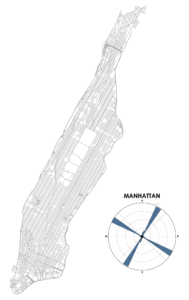My new article “The Right Tools for the Job: The Case for Spatial Science Tool-Building” has been published in Transactions in GIS (free PDF). I originally presented this paper as the 8th annual Transactions in GIS plenary address at the AAG annual meeting last year. I argue that tool-building is an essential but poorly incentivized component of academic geography and social science more broadly. To conduct better science, we need to build better tools. Better tools and data models, spearheaded by academics, can help infuse theory into our field’s quantitative work where it is too often lacking. But if we want better tools, we have to build them. It is not ESRI’s job to satisfy all the theoretical needs of the spatial sciences.
Categories
Geospatial Tool Building
- Post author By gboeing
- Post date 2020-10-01
- No Comments on Geospatial Tool Building
- Tags city, conference, data, data science, geography, geopandas, geospatial, gis, graph theory, maps, modeling, networks, numpy, open-source, openstreetmap, osmnx, pandas, python, research, science, software, spatial analysis, street-network, tech, technology platforms, transportation, urban, urban planning, urban theory

